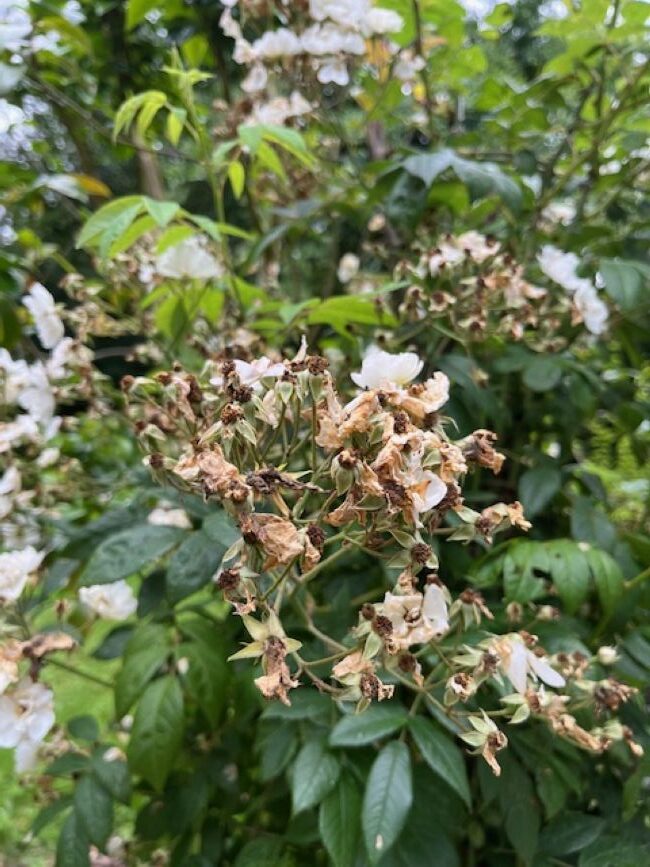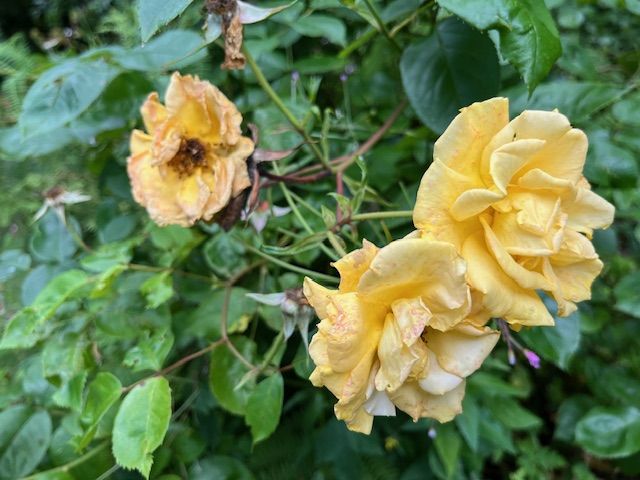Create More Rose Flowers


Deadheading Roses (and Other Plants): A Simple Trick for More Flowers
Deadheading — the process of removing spent flowers — is one of the simplest and most effective ways to keep your garden blooming for longer. If you’ve got the time, deadheading roses is well worth the effort. Not only does it tidy up your plants, but it also encourages a second flush of flowers later in the season.
Why Deadhead Roses?
When a rose finishes flowering, it naturally starts putting energy into producing seeds (rose hips). By snipping off the dead flower heads, you’re telling the plant to stop this process and instead redirect its energy into making more blooms.
The result? A healthier plant and more flowers throughout summer and sometimes well into autumn.
How to Deadhead Roses
It’s a simple job that takes just a few seconds per flower:
- Follow the stem back to just above the first set of five healthy leaves or to where the flower stalk meets a main stem.
- Use clean secateurs or sharp scissors to make a clean cut.
- Dispose of the old flower heads (don’t leave them around the base of the plant)
Boost Results with a Feed

While you’re at it, consider giving your roses a feed to boost their next round of flowering. A high-potash feed — such as liquid tomato feed or a rose-specific fertilizer such as Top Rose — is ideal. Potash supports flower production and helps toughen growth, particularly helpful if you’re aiming for a good autumn show.
Feed after deadheading and water in well if the soil is dry.
Other Plants That Benefit from Deadheading
Roses aren’t the only plants that benefit from this treatment. Many flowering plants will bloom again — or look tidier — if deadheaded regularly. Here are a few worth adding to your list:
- Rhododendrons – Gently snap off spent flower trusses to help the plant focus on next year’s buds.
- Geraniums (Pelargoniums) – Remove faded blooms regularly to keep them flowering into autumn.
- Sweet peas – Regular picking or deadheading encourages more blooms and longer flowering.
- Cosmos – Keep snipping off faded flowers to prolong their flowering season.
- Lupins – Removing the spent flower spike can sometimes lead to a second flush.
- Delphiniums – Like lupins, a light trim after flowering can encourage new blooms.
- Peonies – Deadheading doesn’t encourage more flowers, but it does tidy the plant.
- Daylilies (Hemerocallis) – Pinch off spent flowers daily to improve appearance and performance.
- Dahlias – A must for prolific blooming; remove spent heads to keep them coming.
- Annual bedding plants like petunias, marigolds, and zinnias also benefit from regular deadheading.
Deadheading is quick, easy, and a satisfying way to improve your garden’s appearance while encouraging more flowers. Whether you’re tending to roses or annuals in pots, just a few minutes every few days can make all the difference. Add a little feed and your plants will reward you with colour right through to the end of the season.





















